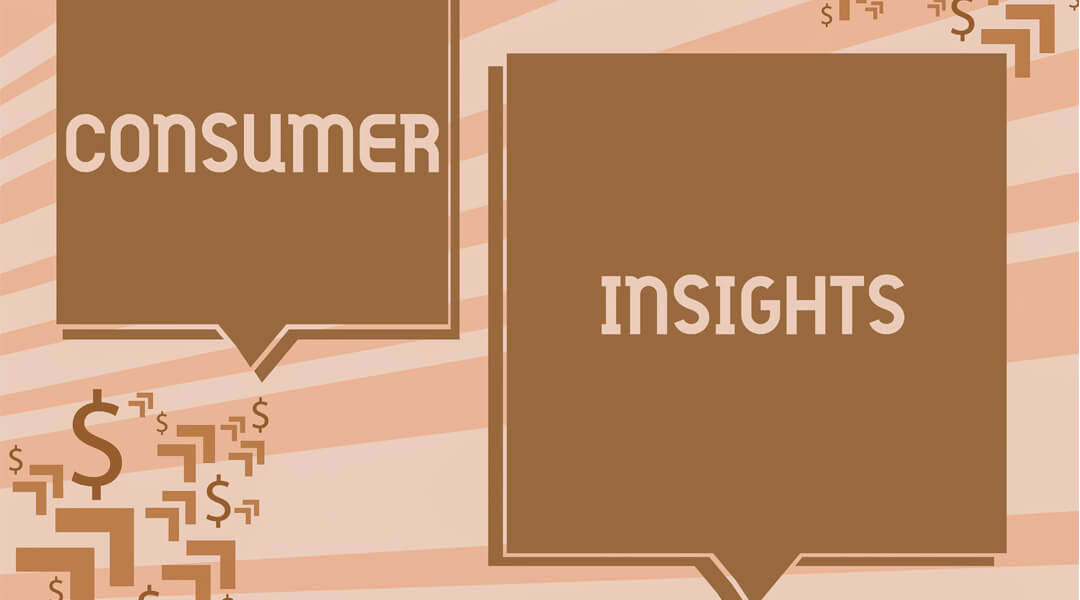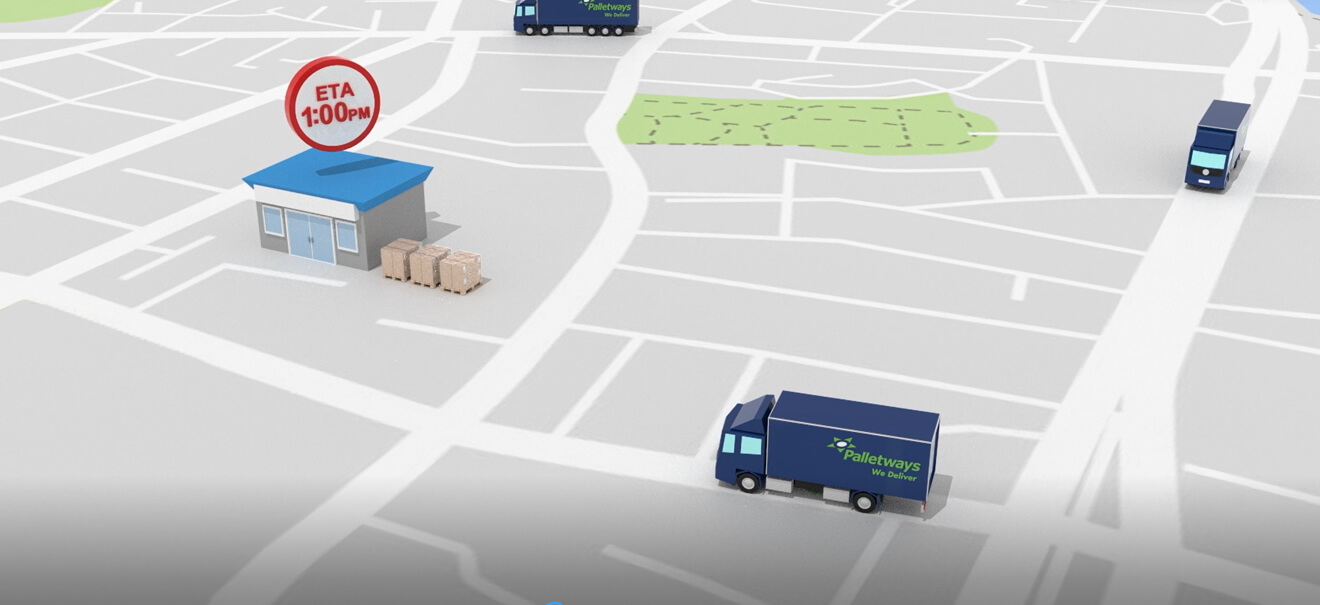I have often heard common discussions when working with sales and marketing teams regarding the difference between customers and consumers and how this influences the approach. Many may even talk about the two as if they were different words to describe the same thing. These views will have an impact on marketing strategies.
Students of business studies or marketing will be taught the theory of the difference between the customer and consumer, and as such these teachings have become the norm and mostly centred around the B2C world in my opinion. So what does theory tell us the difference is? The customer is someone who pays for your product or service. You might well say that is also a consumer but you’d only be half right – according to this theory a consumer is the end user of a product or service. They don’t necessarily have to have paid for it. On the other hand a consumer may also be a customer according to this theory.
In this case then and referencing a widely used example that explains the theory perfectly: children are the ultimate consumers, while their parents are the customers. If a company sells children’s shoes, clothes, toys or games, then their customers will most likely be the parents of the children who will wear these clothes or use these toys/games. Therefore it is the children who become the end consumer. (Unless pocket money comes into it of course…)
What dilemma does this throw up from a sales and marketing point of view? Well we have to consider who really holds the power. In this case it will be the kids. I bet there isn’t a parent out there who hasn’t had the request to buy the latest thing trending in the world of their kids. Effort has gone into sales and marketing to influence and make these items the latest trend in these young peoples’ lives. End consumer marketing to influence a purchase at its rawest.
From my own perspective and the company for which I work, this customer consumer relationship most definitely exists. However the way I see it there is an industry specific twist. The Palletways network grew originally as a b2b company. Our customers are and always will be those who need to move palletised freight from A to B (mostly to other businesses). That’s the core of our business. In a way these companies were also the consumers of our service, which is fine in the traditional sense.
But there is a 3rd element in this scenario in my opinion. The ‘end consumer’. Traditionally the end consumer was rarely touched by the Palletways network. They are often twice to three times removed from our business as they are our customers, customer. Effectively we have been too far up the supply chain to influence the end user of the products we transport. Therefore our marketing has always been aimed at our customers and potential customers.
This is all changing however. Due to a change in consumer habits driven by online shopping there has been a significant increase in the number of home deliveries carried out by Palletways. These are deliveries direct to the homes of our customers, customer – the ‘end consumer’. To capture more of this market we have recently launched an ecommerce website which allows the general public to book online pallets of goods to be delivered through our network. This opens us up to a whole new market, where we are much more visible to the consumer both of our service and our customer’s product as we are delivering straight to their homes. Additionally, Palletways is now providing both customers and consumers a 2 hour pre advised “ETA” or estimated time of arrival to bring an enhanced customer experience for larger palletised deliveries. This presents opportunities for us in terms of influencing a whole new potential customer base who should want their goods delivered by the Palletways network, but also threats where if our service is below expectations our reputation will suffer as a result and the opportunity will shrink. This is a whole new challenge to our marketing function as it tries to market to our traditional customer while finding innovative channels to influence the end consumer also.
I will explore this opportunity and challenges in the next blog on how we embark on customer versus consumer marketing ‘Palletways style’ and how this then begins to effect the customer and consumer journeys.






